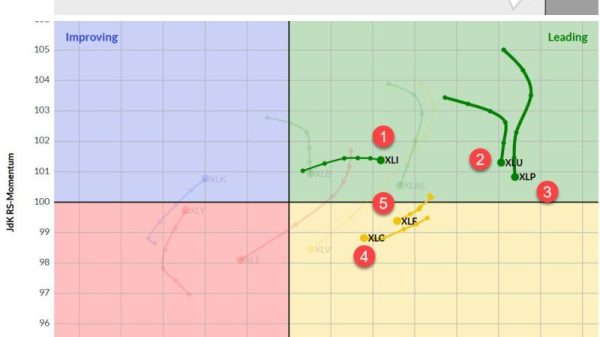Getting your teenager a car is a milestone experience—for both you and them. While your teen might be dreaming about sleek designs and the latest and greatest technology, your number one concern as a parent is likely safety.
And for good reason! Due to inexperience, teen drivers are statistically more likely to be in an accident. So, selecting a car with good safety features isn’t just a wise decision—it’s a requirement.
In this article, we’ll discuss the safety features to consider before buying a car for your teenager.
Why Safety Should Be Your Top Priority
It’s no secret that car accidents are one of the top causes of death in teenagers. Teens (18 to 19 years of age) are nearly three times more likely than older drivers to be involved in a fatal accident. But here’s the good news: selecting the right car can make a difference. Cars today have safety technologies available that weren’t even on the radar ten years ago. So, let’s demystify the must-haves that can make all the difference.
When you’re in the market for a new car, it’s crucial to prioritise these safety features—and finding the right platform to guide your decision is equally important. That’s where ackodrive.com steps in. Acko Drive provides transparent and meaningful automotive content and partners with trusted dealers to offer you the best prices and fastest delivery for your dream car.
Key Safety Features to Look For
Here are the safety features one should watch out for:
1. Crash Test Ratings
Check the car’s safety rating before you purchase it. The Global NCAP (New Car Assessment Programme) and other crash test agencies test cars to analyse how safe they are for adult and child occupants. Look for cars with high star ratings, particularly in adult and child occupant protection.
2. Anti-lock Braking System (ABS)
ABS is a game-changer, particularly for new drivers. It prevents wheels from locking up during hard braking and enables the driver to steer during braking. This feature can be the difference between a near-miss and a crash.
3. Electronic Stability Control (ESC)
ESC avoids skidding, especially on slippery roads. It brakes individual wheels automatically to keep the vehicle on track. This is handy for teen drivers who might not be experienced enough to handle sudden road conditions.
4. Airbags
All vehicles have dual front airbags but opt for cars with side, curtain, and knee airbags. These provide extra protection in side-impact and rollover crashes.
5. Advanced Driver Assistance Systems (ADAS)
These systems are an extra pair of eyes and reflexes for your teen driver:
Forward Collision Warning (FCW): Warns the driver if they are travelling too fast to hit a vehicle or obstacle ahead.
Automatic Emergency Brakes (AEB): The vehicle brakes automatically if the driver does not respond to the FCW.
Lane Departure Warning (LDW) and Lane Keeping Assist (LKA): These warn if the vehicle drifts out of the lane and gently steer it back on track.
Blind Spot Detection (BSD): Warns the driver if another car is in the blind spot.
Rear Cross-Traffic Alert (RCTA): Helps when reversing out of parking spots, warning drivers of approaching vehicles.
Choosing the Right Type of Car
The following are the tips for choosing the right type of car:
1. Fuel Efficiency & Reliability
Safety is paramount, but fuel efficiency and reliability should also be considered. Teens will be driving to work or college, and you don’t want to see them stranded on the side of the road or burning through money (and yours!) on constant fuel-ups.
Research consumer reports for reliability ratings and check online reviews to see how the car performs in real-world driving.
2. Size Matters
Even though it may be tempting to choose a compact car due to its better fuel efficiency, midsize vehicles are likely to provide the best balance between safety and cost. They are most likely to provide better crash protection than smaller vehicles without the bulky nature of SUVs.
Avoid sports cars with high performance and large SUVs. Sports cars encourage speeding, and large SUVs might be tricky for new drivers to handle.
3. New vs Used Cars
New Cars: They have the latest safety features but are expensive.
Certified Pre-Owned Vehicles: The sweet spot for most families. They’re typically newer models with newer safety features, tested and validated, and backed by warranties.
If you choose to buy a used car, make sure it’s not more than 5-6 years old to ensure it has contemporary safety features.
Final Thoughts
Choosing the right car for your teenager isn’t about finding something in your budget or cool to park in the driveway. It’s about giving your child the best possible protection as they take the roads for the first time. By putting must-have safety features and reliable models at the top of your buying list, you’re not just buying a car but investing in peace of mind.
And don’t forget, while technology can do a lot, there’s no substitute for teaching your teen good driving habits. Together, the right car and the right attitude can make all the difference.
Read more:
Choosing the Right Car for Your Teenager: Key Safety Features



























